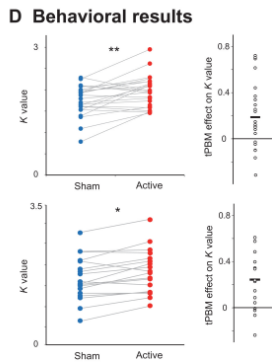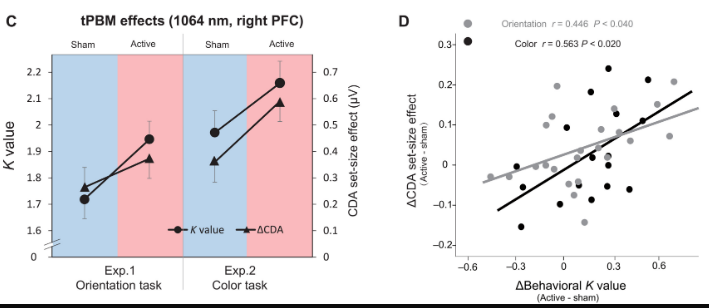I haven’t found near infrared radiation referenced in the article - I‘m using near infrared as a brain hack, by shining a cheap 850nm LED light on my forehead. This has, over the last 2 years, enabled me to code for weeks on end, for 12+ hours a day, with only minor cognitive decline. It’s not something I really want to do, but sometimes it’s useful.
Before I started the near infrared routine (~5 minutes every other day), 5-6 hours of coding per day was all I could do - eg after coding for 8h, I noticed serious cognitive and emotional decline, and might need to do less the following day. Not anymore - nowadays I can be productive whenever I’m awake, with little side effects. Near infrared radiation is safe (thousands of studies demonstrated only very mild side effects), and is even used to treat Alzheimer’s. I have no idea why its beneficial effects are not more widely known - for some people, it’s life changing.
Sidenote: 850nm light works way better for me than 830nm.
Has anyone experimented with this?








